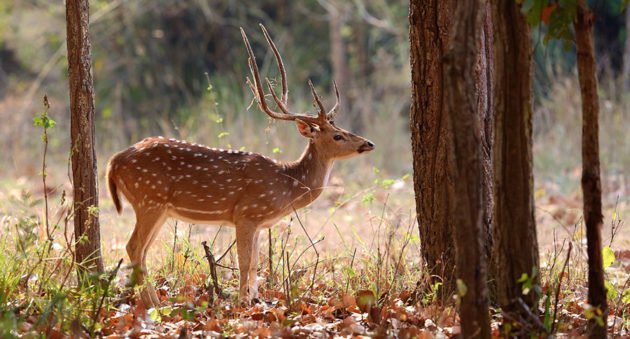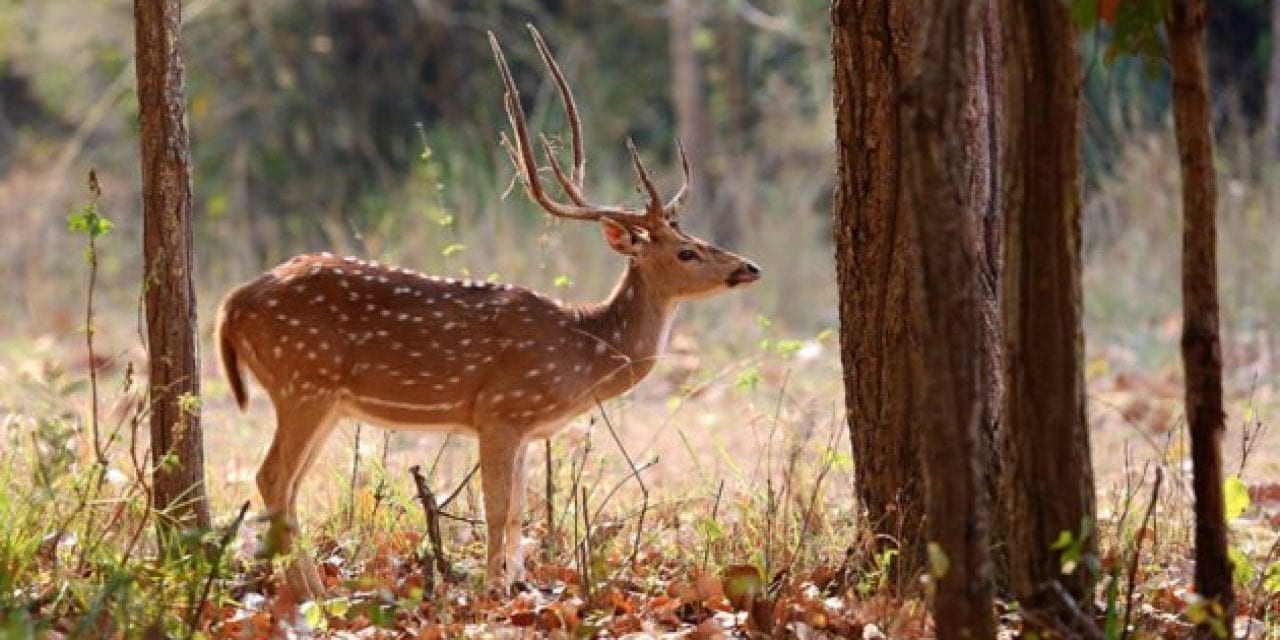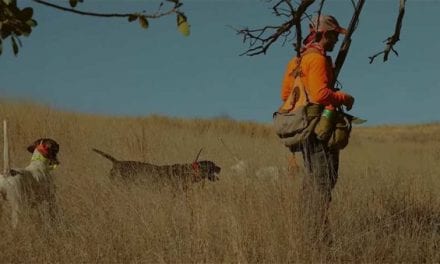
Axis deer are threatening parts of Texas and other areas in the United States.
The axis deer, also known as the chital deer, is regarded as one of the most beautiful breeds of deer, and they’re a far cry from the native Texas whitetail deer.
What are they?
Axis deer (scientific name Axis axis) sport an orange coat dotted with white spots, not unlike a whitetail fawn, and white patches on their throats. They’re part of the classified under the family Cervidae family, but different from the somewhat similar fallow deer. Axis deer males grow massive antlers, usually with three to six points, and can weigh up to 250 pounds. Adult females are usually a bit smaller.
Similar to the elk, these spotted deer are also extremely vocal, letting out distinctive sharp, alarm calls to communicate. Males are even known to bugle during the mating season. The gestation period for axis deer is around 220 days and breeding can occur year-round. It isn’t uncommon for an axis to give birth twice in one year, giving them an obvious advantage over native deer species!
They typically have a slightly taller height and longer body length than a whitetail of the same age. Many people may mistake them for a European species like red deer. But there are also body similarities to species many associate with more southern climates like Australia in species like rusa, sambar or hog deer.
How did they get here?
Originally from southern India, Nepal, and Sri Lanka, the axis deer was introduced to Molokai, Hawaii in the 1860s, Maui years after that, and Texas in 1932, intended as a game animal.
At first, this worked out well. They were restricted to farms and controlled hunting sites, and provided ample meat to anyone who could bag one.
Of course, as often happens with animals in captivity, many axis deer eventually escaped to run wild around Texas. While the vast majority of axis deer remain in captivity, over 6,000 of them now roam freely, taking advantage of the warm weather and ample grasses similar to their native land.
Hawaiian wildlife officials are now dealing with many of the same issues as Texas simply because these animals have no natural predators there either.
The impact
Though not known to be an aggressive species, the primary threat of the axis deer lies in the fact that, large as Texas is, there simply aren’t enough open areas for two thriving species of deer. The axis deer and the whitetail must compete for resources.
Unfortunately, the whitetail aren’t the only ones to suffer. Local farmers must now protect their fields and gardens from this larger, bolder forager who stands to ruin their fields.
The axis deer is also unfortunately hardy, which is likely one reason they were introduced in the first place. While one might expect a foreign species to succumb easily to diseases in a new environment, axis deer do not. In fact, they are more resistant to outbreaks than the whitetails so, while whitetail populations are often culled, the axis populations continue to grow.
As is common with invasive species, the axis deer also have few natural predators. While coyotes and bobcats will go after them, they are powerless to make a significant dent in the axis deer population.
What can we do?
Good news: The best way to manage the axis deer is also the simplest. You can hunt them whenever you like! In the state of Texas, non-native and exotic game don’t have a limited hunting season. So, unlike whitetails, you can bag an axis deer any time you like.
Better yet, there is no bag or possession limit, so you can bring home as many axis deer as you like, so long as you have room in your truck. The only special thing you need is a non-game permit from the Texas Parks and Wildlife Department, which differs from the standard state hunting license.
As far as wild game meat goes, a male axis deer is just as if not better than a whitetail of the same size.
Of course, most people who want to start axis hunting in particular will flock to hunting ranches, like the Ox Hunting Ranch. As more and more axis deer run wild, it may be just as easy to bag one without making a special trip or shelling out the extra money.
NEXT: ENORMOUS FLORIDA PYTHON CAPTURED BY FWC OFFICER
The post The Axis Deer, and How They're Impacting Parts of the United States appeared first on Wide Open Spaces.
















